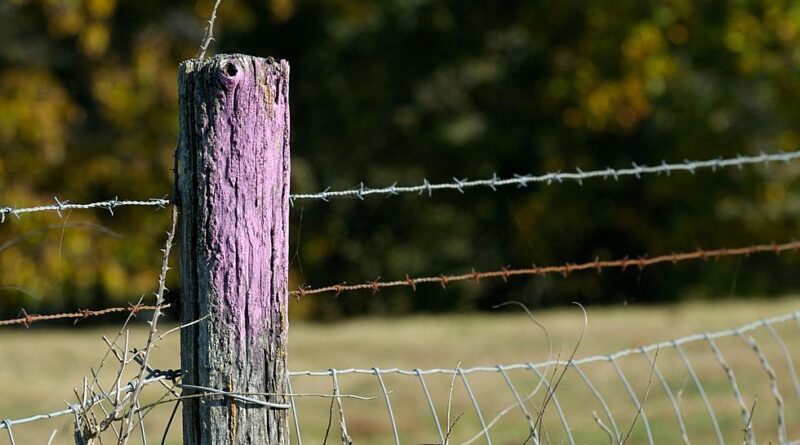If you see a purple fence post, you need to know what it means
As the temperatures rise and outdoor activities beckon, it’s wise to be mindful of your surroundings.
If you happen upon a fence post tinged with purple, it’s a signal to proceed with caution.
Traditionally, property owners would post signs to denote private property, but the durability of paint offers a longer-lasting alternative to convey the same message.

Arkansas blazed the trail in 1987 by enacting the first purple paint law, which has since been adopted by 22 other states. While some states opt for different hues—like Idaho and Montana, which use orange—the underlying principle remains consistent.

Initially, regulations stipulated both purple paint and signage, but over time, the latter became optional. However, if you reside in one of the 28 states lacking purple paint laws, you might not be familiar with its significance.
In essence, a painted post or tree signifies a boundary not to be crossed.
To adhere to the law, the purple stripe must be positioned 3 to 5 feet above ground, extending at least 8 inches long and 1 inch wide, with markings spaced no more than 100 feet apart.
Spread the word about the purple paint law to ensure everyone is informed.

